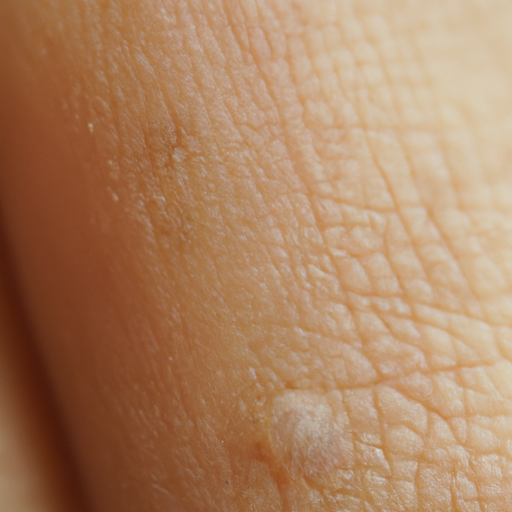Title: Unmasking Beauty: A Comprehensive Guide to Face and Body Exfoliants and Their Usage
As a medical professional, I am often asked about the best ways to maintain healthy skin. One of the most common topics that arise is exfoliation. Exfoliation is a crucial part of any skincare regimen, as it aids in the removal of dead skin cells, unclogs pores, and promotes skin rejuvenation. However, it’s essential to understand the different types of exfoliants, their benefits, and how to use them correctly to achieve the best results.
Exfoliants can be broadly categorized into two types: physical and chemical. Physical exfoliants are products or tools that physically scrub away dead skin cells. These include facial scrubs with tiny particles, brushes, and sponges. They provide immediate results by sloughing off dead skin cells and revealing a brighter complexion underneath. However, they must be used gently to avoid causing micro-tears in the skin.
On the other hand, chemical exfoliants use acids or enzymes to loosen the bonds between skin cells, allowing them to shed naturally. Alpha hydroxy acids (AHAs), beta hydroxy acids (BHAs), and retinoids are common types of chemical exfoliants. AHAs like glycolic and lactic acid are water-soluble and work on the skin’s surface level, making them suitable for dry or sensitive skin. BHAs like salicylic acid are oil-soluble, penetrating deeper into the pores, making them ideal for oily or acne-prone skin. Retinoids, derived from vitamin A, work at a cellular level to promote cell turnover and collagen production.
The choice between physical and chemical exfoliants depends on your skin type, sensitivity level, and specific concerns. For instance, if you have sensitive skin, a gentle chemical exfoliant may be more suitable as physical ones can be too abrasive. Conversely, if you have oily, acne-prone skin, a BHA-based exfoliant may be more beneficial.
Regardless of the type of exfoliant you choose, it’s crucial to use it correctly. Over-exfoliation can lead to skin irritation, dryness, and increased sensitivity. As a general rule, start with once or twice a week and adjust based on how your skin responds. Always follow up with a good moisturizer to replenish hydration and a broad-spectrum sunscreen, as exfoliation can make your skin more susceptible to sun damage.
For body exfoliation, the same principles apply. However, the skin on our bodies is generally thicker and less sensitive than our faces, so slightly more abrasive physical exfoliants like body scrubs or brushes can be used. Again, remember to moisturize after exfoliating to keep your skin hydrated and healthy.
In conclusion, exfoliation is a powerful tool in your skincare arsenal. When done correctly, it can help reveal a brighter, smoother complexion, reduce breakouts, and even improve the effectiveness of other skincare products by allowing them to penetrate deeper into the skin. However, it’s important to remember that everyone’s skin is unique. What works for one person may not work for another. Therefore, it’s always best to consult with a dermatologist or skincare professional to determine the best exfoliation routine for your individual needs.
Remember, the goal of any skincare regimen should be to promote healthy skin rather than achieving an unrealistic standard of beauty. After all, true beauty lies in being comfortable in your own skin.



